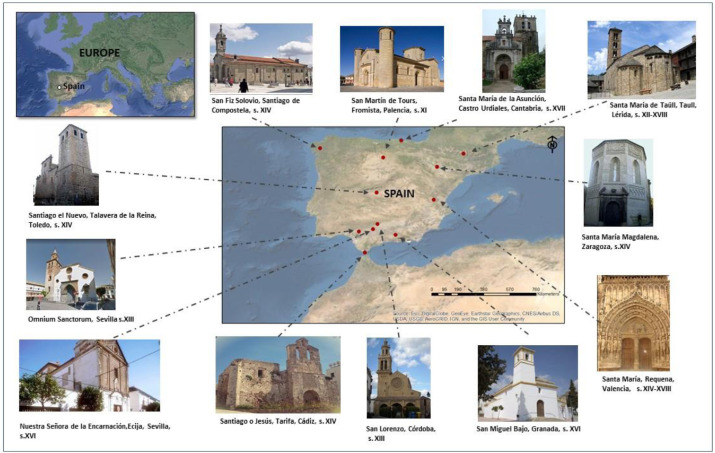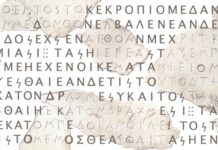Researchers have developed a free artificial Intelligence platform available to the public that identifies threats to cultural heritage. Art-Risk 3.0 classifies buildings according to the index of risk. This technology aims to help in the preventive conservation of this heritage.
The software uses a geographic information system—GIS—and expert knowledge to identify the hazard level. It measures the impact of environmental conditions such as geotechnics, precipitation, torrential downpour, thermal oscillation, frost, earthquakes, and flooding. Fuzzy logic processing them links these parameters with variables like structural risks and the vulnerability of buildings.
“Developing tools based on artificial intelligence and GIS enable geospatial information to reach a broader community and not just GIS specialists. This is the foundation of the methodological model developed for the free artificial intelligence platform Art-Risk3.0”, claimed the researchers.
To know the risk index of a building, the user must enter its geographical location first. This allows the system to link with diverse maps in the GIS database to get further information. The cartographic dataset relies on free and open-source software and maps the hazards. Information on inputs was gathered from official reports for Spain.
The user can choose a bunch of variables related to the vulnerability and structural hazards of a building from a list of inputs such as the building’s constructive system, population growth over a period of time, heritage value, roof design, conservation status, ventilation, and structural modifications. Researchers get these features from literature and photography reviews. The output gives the level of vulnerability, hazard, and functionality of the heritage.
Spanish heritage in danger
Scientists from the Pablo de Olavide University and Sevilla University in Spain and the Pontificia Catholic University in Chile analyzed 12 Spanish churches dating from the 11th–15th century with Art-Risk 3.0. These buildings have similar construction styles because they are religious establishments. However, each is at a different level of conservation. They have the legal status of Asset of Cultural Interest (BIC) because of their high cultural value.
According to the results, the most common hazards buildings are subjected to are raindrops and temperature fluctuations. The study also highlights the impact of climate change and the need to define solutions to cut the risk. For instance, climate change would increase torrential rains in some places. Vernacular architecture and buildings suffer a greater risk of vulnerability in such environments. “Floods and landslides associated with storms can compromise the stability of the building. Monitoring is essential for their preservation,” the report pointed out.

Comparative evaluation of the churches showed that the Church of the Santiago of Jesus in Cadiz faces the greatest problems because of its current poor conservation. This heritage site is already included in the Heritage building red list. The Churches of San Miguel del Bajo in Granada, Omnium Sanctorum in Sevilla, and Nuestra Señora de la Encarnación also suffer from a high level of hazard.
The research concluded that Art-Risk 3.0 enables decision-making for the preventive conservation of heritage buildings. Moreover, it could help with their sustainable management. Researchers also suggest bolstering the resilience of buildings to ensure their preservation. Caring about the roof, drainage network, and ventilation is essential to minimize the risks that heritage buildings would face in the future.
References
ART-RISK 3.0 a fuzzy—based platform that combine GIS and expert assessments for conservation strategies in cultural heritage. 2022. M. Moreno, R. Ortiz, D. Cagigas-Muñiz, J. Becerra, J.M. Martin, A.J. Prieto, M.A. Garrido-Vizuete, J.M. Macías-Bernal, M.J. Chávez, P. Ortiz. https://doi.org/10.1016/j.culher.2022.03.012
Featured image: Martin Haisch


